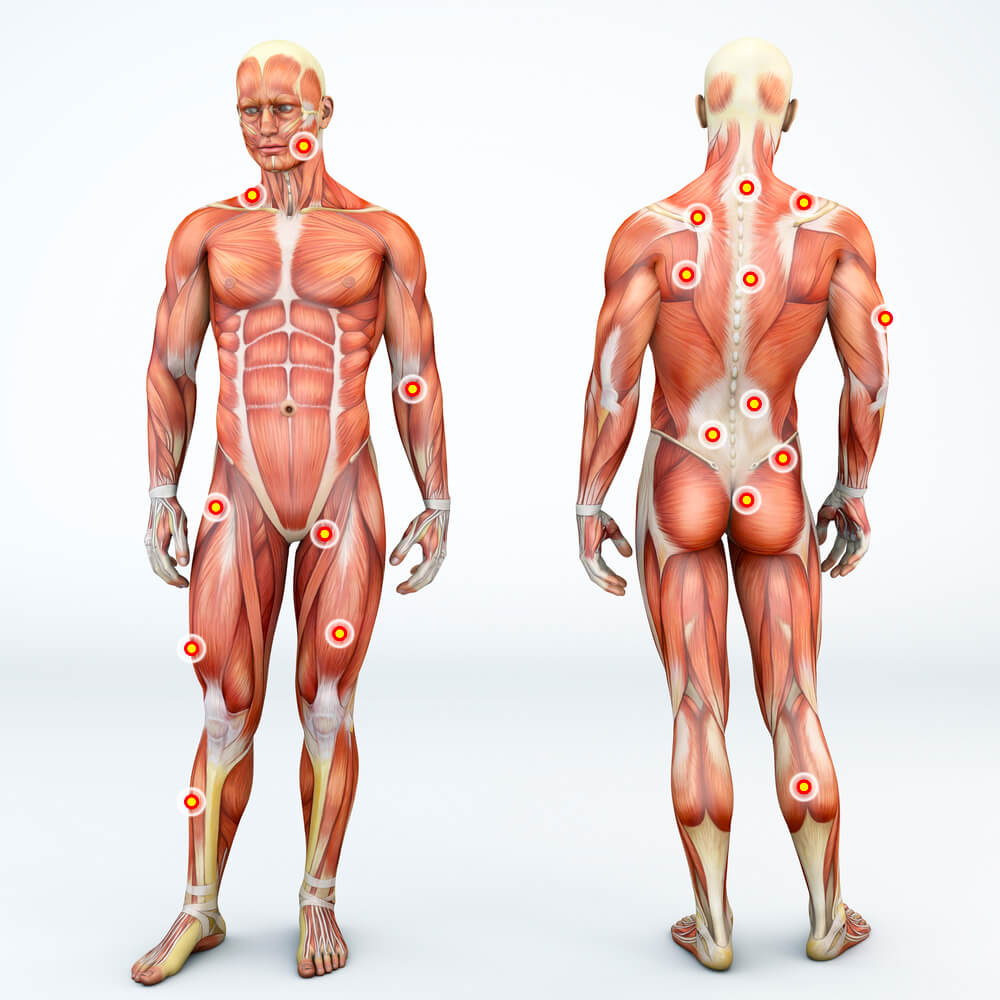Mio means muscle and fascial refers to fascia. The main connective tissue in our body. It provides support and protects the entire musculoskeletal system. The problem, however, is that this soft tissue is highly susceptible to being damaged and losing its flexibility. This creates restrictions that limit movement and cause pain.
Therefore, the term release refers to the gentle way in which myofascial release works with the fascia to release these restrictions. Thus restoring balance, movement and fascia health.
Therapy Features
Myofascial Release or IASTM (Instrument Assisted Soft Tissue Mobilization), is a treatment for myofascial restriction, which uses specially designed instruments to provide a mobilization effect for scar tissue and myofascial adhesions.
The technique removes adhesions between fascial tissue and muscles, and allows the return of fluid and nutrient circulation to the affected site.
Manipulation relieves pain that does not always seem directly related to a muscular lesion. It happens that the impediment of the circulation of nutrients affects other tissues.
When oxygen and other essential elements are prevented from reaching areas of the body, these areas can develop sore spots. These are referred pains, which occur when the adhesion is not directly over the same area.

For whom is it indicated ?
Myofascial release is indicated for people who suffer from chronic or acute muscular pain, people who practice physical activities or who have some pathology that causes muscular pain (such as neuromuscular diseases).
The Benefits
The myofascial release promotes an increase in the freedom between the muscle and the fascia, releases tensions and realigns the body. One of the biggest advantages of this technique is that it provides short-term and often immediate results. After a single session, it is possible to observe the benefits, among the main ones:
- improvement in chronic muscle tension and pain;
- flexibilization of joint movements;
- improvement in flexibility;
- help in redistribution of muscle mass;
- improvements in circulation and breathing;
- greater mobility and range for movement;
- body awareness; and
- reduction in stiffness of the arteries.
- improvement in joint mobility;
- improvement in the execution of movements;
- reduction in overload and eventual muscular tensions;
- muscle release and activation; and
- preparation of the musculature for the load of exercises.
- relaxation of the muscle set;
- release of lactic acid;
- reduction in muscle tension;
- contribution to muscle recovery;
- prevention against late pain;
- injury prevention and
- improvement in well-being.





